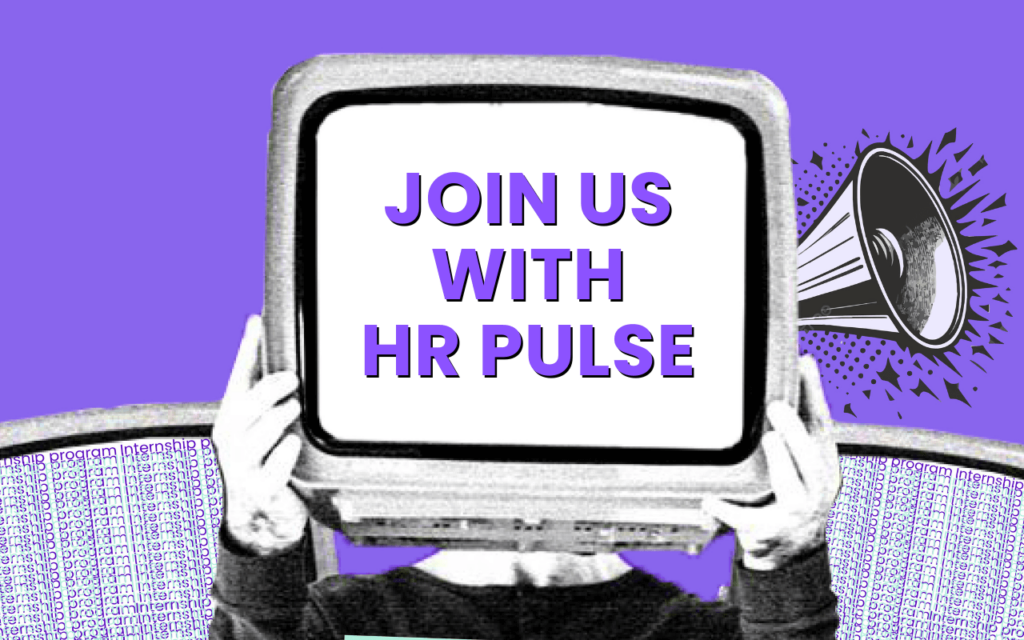Leave management refers to the system or process used by an organization to track, approve, and document employee time off. This includes various types of leave such as vacation, sick leave, parental leave, bereavement, unpaid leave, and others as mandated by company policy or labor law.
An effective leave management system ensures compliance, maintains accurate records, and balances employee well-being with business continuity.
Why Leave Management Matters
Leave management is a critical part of HR operations that supports both organizational productivity and employee satisfaction. A structured approach helps:
- Maintain adequate staffing levels
- Ensure compliance with labor laws and contractual obligations
- Reduce administrative errors and payroll disputes
- Provide transparency and fairness in leave allocation
- Support employee work-life balance and mental health
Types of Leave Typically Managed
Organizations may offer various types of leave, including:
- Annual Leave (Vacation): Paid time off for rest and personal travel.
- Sick Leave: Time off for illness or medical emergencies.
- Parental Leave: Maternity, paternity, or adoption leave as per labor law or company policy.
- Casual Leave: Short-term personal leave for unplanned events.
- Compensatory Leave: Time off given in exchange for extra hours worked.
- Bereavement Leave: Paid leave after the death of an immediate family member.
- Unpaid Leave: Leave granted when paid leave has been exhausted or not applicable.
- Public Holidays: Official national or regional holidays recognized by law.
Challenges in Leave Management
Without a proper system in place, leave management can lead to:
- Scheduling conflicts and understaffing
- Payroll errors and compliance violations
- Lack of visibility into leave balances
- Favoritism or inconsistency in leave approval
- Employee dissatisfaction and burnout
Best Practices for Effective Leave Management
To ensure a smooth and compliant leave process, HR teams should:
- Use leave management software to automate tracking and approvals
- Establish a clear leave policy and communicate it company-wide
- Regularly update leave balances and make them accessible to employees
- Set guidelines for advance notice and approvals
- Ensure compliance with national labor laws and any applicable collective agreements
- Monitor trends to address absenteeism and forecast workforce needs
Digital Leave Management Systems
Modern HR platforms often include leave management modules with features like:
- Employee self-service dashboards
- Automatic leave accrual calculations
- Integration with payroll and attendance systems
- Real-time reporting and analytics
- Mobile access for remote or field teams
Such systems not only reduce administrative burden but also improve accuracy, transparency, and employee trust.
Impact on Company Culture
Effective leave management contributes to a positive workplace by:
- Encouraging employees to take time off for rest and recovery
- Preventing burnout and presenteeism
- Supporting inclusive policies such as parental or menstrual leave
- Promoting fairness and equity in leave approvals
- Reinforcing the organization’s commitment to employee wellbeing
Conclusion
Leave management is more than just tracking days off, it’s a core HR function that directly influences employee morale, productivity, and compliance. By implementing a clear policy and leveraging modern HR tools, organizations can manage leave efficiently while supporting a healthier and more engaged workforce.







